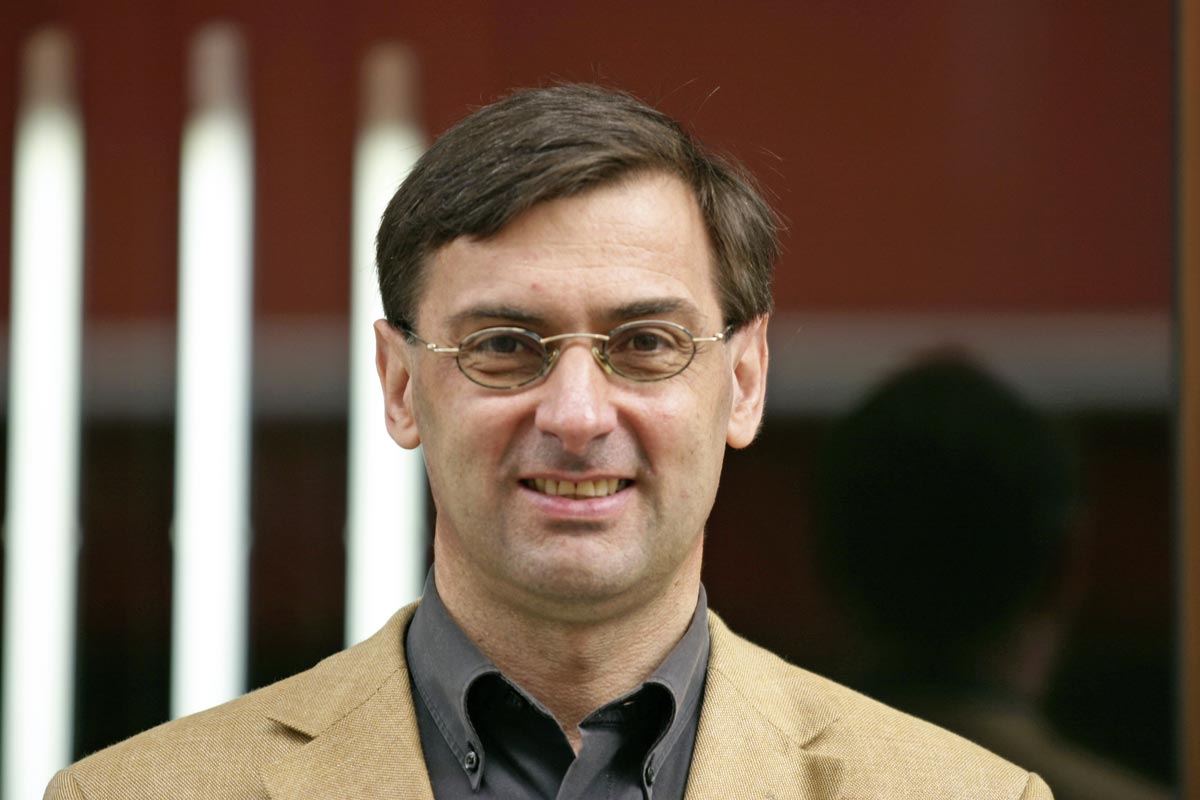At TU Wien you are developing new, efficient processes to seperate carbon dioxide. Do these count as bridging technologies on the way to a future low in carbon dioxide?
The carbon seperation processes developed at TU Wien have three different aims:
• capturing carbon dioxide from off-gas (mainly from plants operated with fossil fuels) so as to minimize global warming,
• treating a product gas to improve its quality (e.g. treating biogas to achieve natural-gas quality) and
• obtaining carbon dioxide as an input to production processes (e.g. methanol synthesis),
In some cases two aims (or even all three) can be achieved. In the first point the label “bridging technology” certainly makes sense. Until we complete the transition to sustainable sources of energy, CCS can be used in conjunction with existing infrastructure (originally based on fossil sources of energy); this would reduce carbon dioxide emissions significantly, while avoiding more serious consequences of a continuing man-made climate change.
How can the carbon dioxide captured best be used?
The carbon dioxide captured should be used as productively as possible. It can serve as an input to several chemical processes, but also as a fertilizer for plants, as it will be tested in the ViennaGreenCO2 project. Methanization in the course of power-to-gas projects is also an instance of carbon dioxide being put to work. In all honesty, though, we must admit that man-made carbon dioxide emissions are at least an order of magnitude greater than current industrial demand for carbon dioxide.
Is there a future for combining these technologies with bioenergy?
Combining these processes with biomass is full of potential if carbon dioxide can then be removed from the atmosphere in a short time. In the case of sustainable use the carbon dioxide emissions from biomass can be regarded as neutral. If carbon dioxide is captured in addition, this results in negative carbon dioxide emissions, i.e. the bottom line is that carbon dioxide is removed from the atmosphere.
Which issues will your team focus on in future?
The main emphasis in our future research will definitely be on developing new carbon dioxide seperation technologies and improving the existing ones, with the aim of boosting the quality of a product gas stream (e.g. treating biogas to achieve grid quality) and utilizing the carbon dioxide captured. Ideally we hope to make progress on all three fronts mentioned above.
